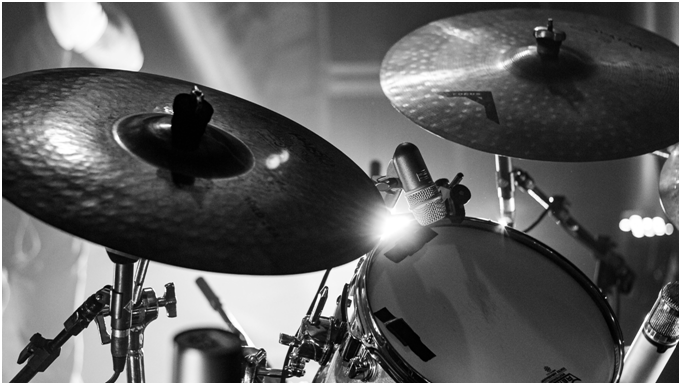Drum fills are the moments where drummers get to shine, connecting sections of songs, building tension, and adding personal flair. The right fill can lift a performance, while the wrong one can disrupt the groove. Mastering a variety of fills prepares you for any musical situation. Here’s a deep dive into seven essential drum fill ideas — plus expanded practice tips and ways to make each your own.
1. Classic Single-Stroke Roll Fill
This fill uses alternating hands (RLRL) and can be adapted to endless variations across the kit. Start simple, then layer complexity as you improve.
Why it works:
- It’s versatile: use it in rock, pop, funk, or jazz.
- You can easily control dynamics — build tension with volume or speed.
Practice variations:
- Play single strokes around the toms in groups of four, six, or eight.
- Add cymbal crashes or hi-hat openings at key points.
- Incorporate ghost notes on the snare for added texture.
Focus on evenness and clarity, not just speed.
2. Snare-Tom Alternating Fill
Alternating between snare and toms creates a melodic and rhythmic conversation. This fill can be as simple as two hits on the snare followed by two on a tom, or as complex as you like.
Why it works:
- Adds melodic contour to fills.
- Great for mid-tempo grooves and soulful transitions.
Practice ideas:
- Try different sticking (e.g., RLLR).
- Vary the number of snare vs. tom hits.
- Add a bass drum to reinforce accents.
3. Triplet Fill
Triplet fills give a flowing, rolling feel — perfect for jazz, blues, or dramatic rock transitions.
Why it works:
- Triplets naturally create a sense of forward motion.
- They fit well over 4/4 time, giving fills a round, smooth sound.
Practice ideas:
- Move triplets around the kit in groups of three (e.g., snare, high tom, floor tom).
- Accent the first note of each triplet for clarity.
- Try hand-hand-foot triplets for a Bonham-inspired sound.
4. Linear RLR Kick Fill
Linear fills mean no limbs strike together. A simple linear pattern is right hand, left hand, kick drum — repeated.
Why it works:
- Creates tight, funky fills with rhythmic clarity.
- Forces you to think melodically about each limb.
Practice ideas:
- Move hands between snare and toms.
- Add ghost notes or flams on the snare.
- Use variations: R kick L kick R L kick.
5. Sixteenth-Note Snare Build
Sometimes less is more. A straight sixteenth-note snare build powers transitions without complex sticking.
Why it works:
- Builds energy into choruses or drops.
- Simple yet powerful when played cleanly.
Practice ideas:
- Start soft and build gradually in volume.
- Add subtle accents on the downbeats.
- Finish with a cymbal crash + bass drum hit for maximum impact.
6. Bonham-Style Hand-Foot Triplets
Inspired by John Bonham, these hand-hand-foot or hand-foot-foot triplets bring serious power and groove.
Why it works:
- Creates thunderous fills with minimal effort.
- Fills space without feeling rushed.
Practice ideas:
- Start slowly — focus on consistent spacing.
- Move hands between snare and toms.
- End the fill on a cymbal + kick for dramatic effect.
7. Cymbal Choke Fill
Choking a cymbal (muting it immediately after striking) adds sharp punctuation to fills.
Why it works:
- Provides dramatic stops in the music.
- Adds tension and release when used sparingly.
Practice ideas:
- Combine chokes with kicks for tightness.
- Vary the cymbal types (ride bell choke vs. crash choke).
- Use silence between chokes to create space.
Mastering These Fills
- Record yourself. Listen for timing, dynamics, and tone.
- Start slow. Use a metronome and only speed up when clean.
- Apply in context. Practice fills in full song structures, not isolation.
- Get feedback. Joining a drum artist program offers expert guidance to refine fills and integrate them musically.












